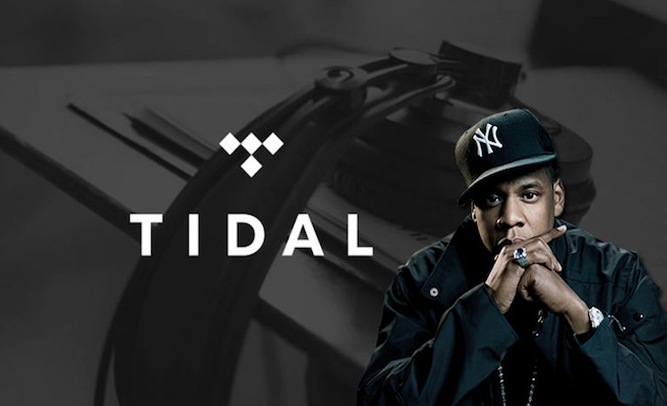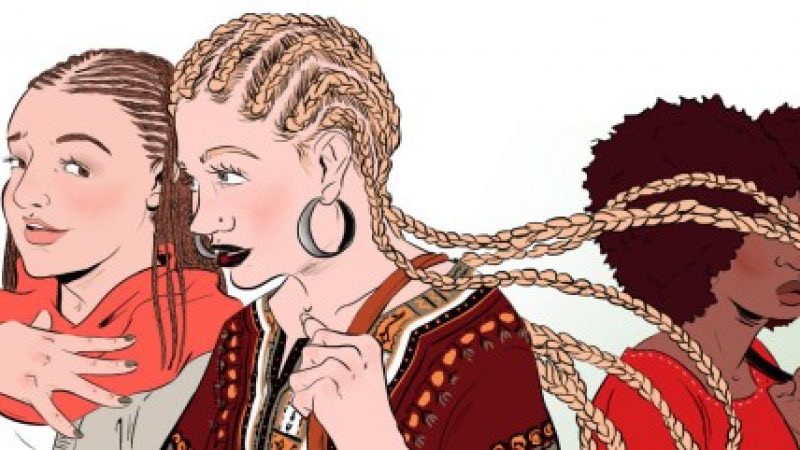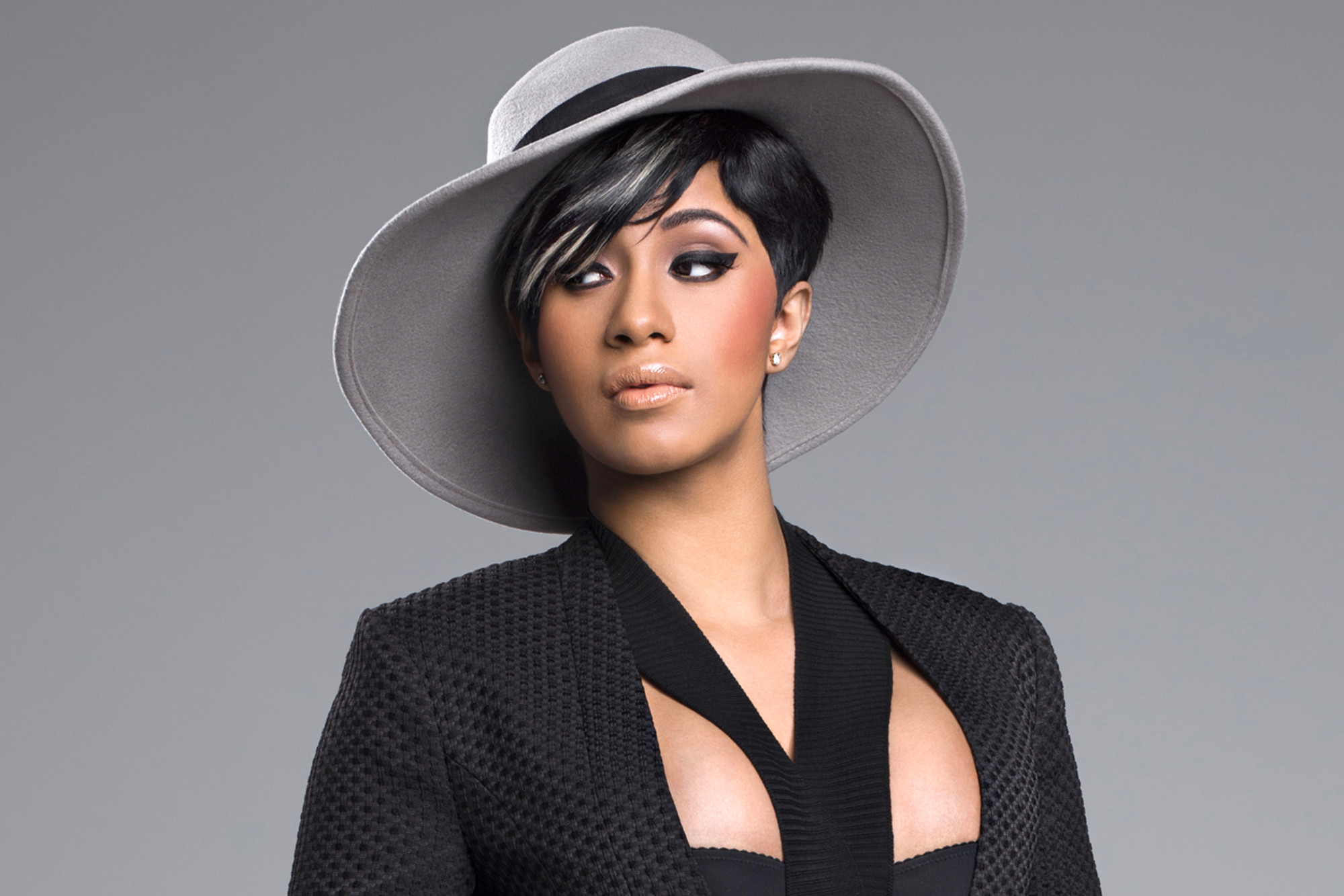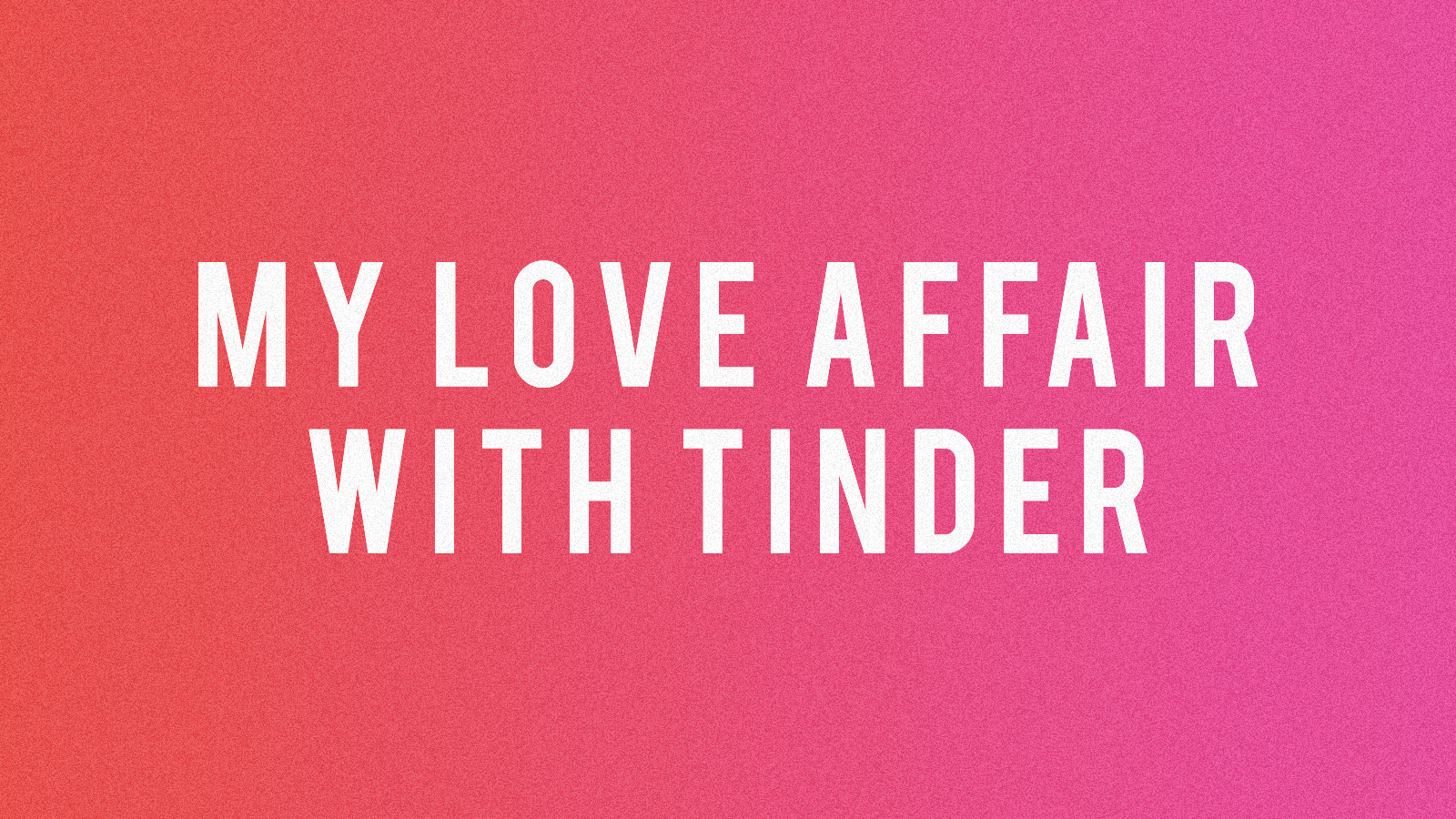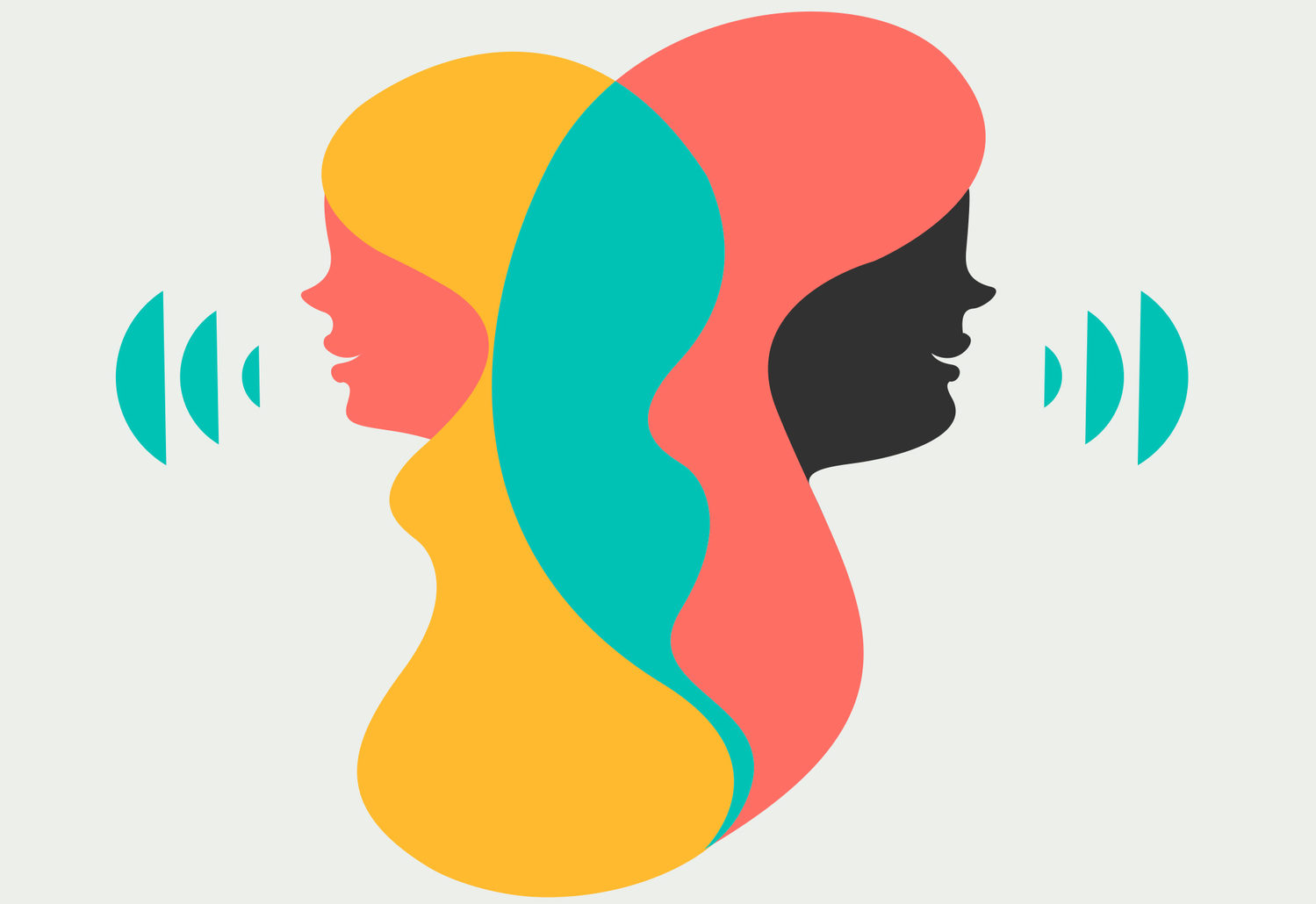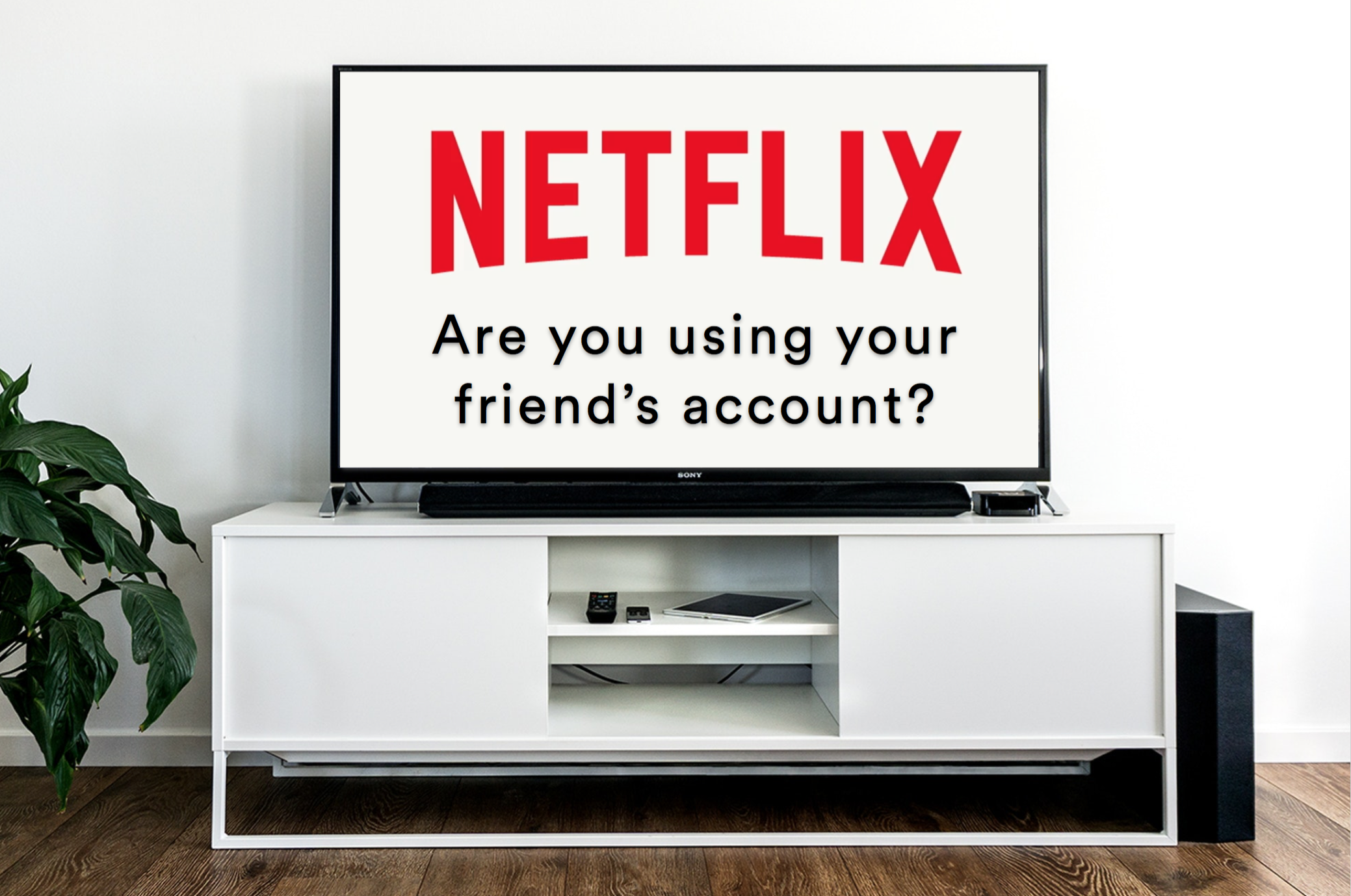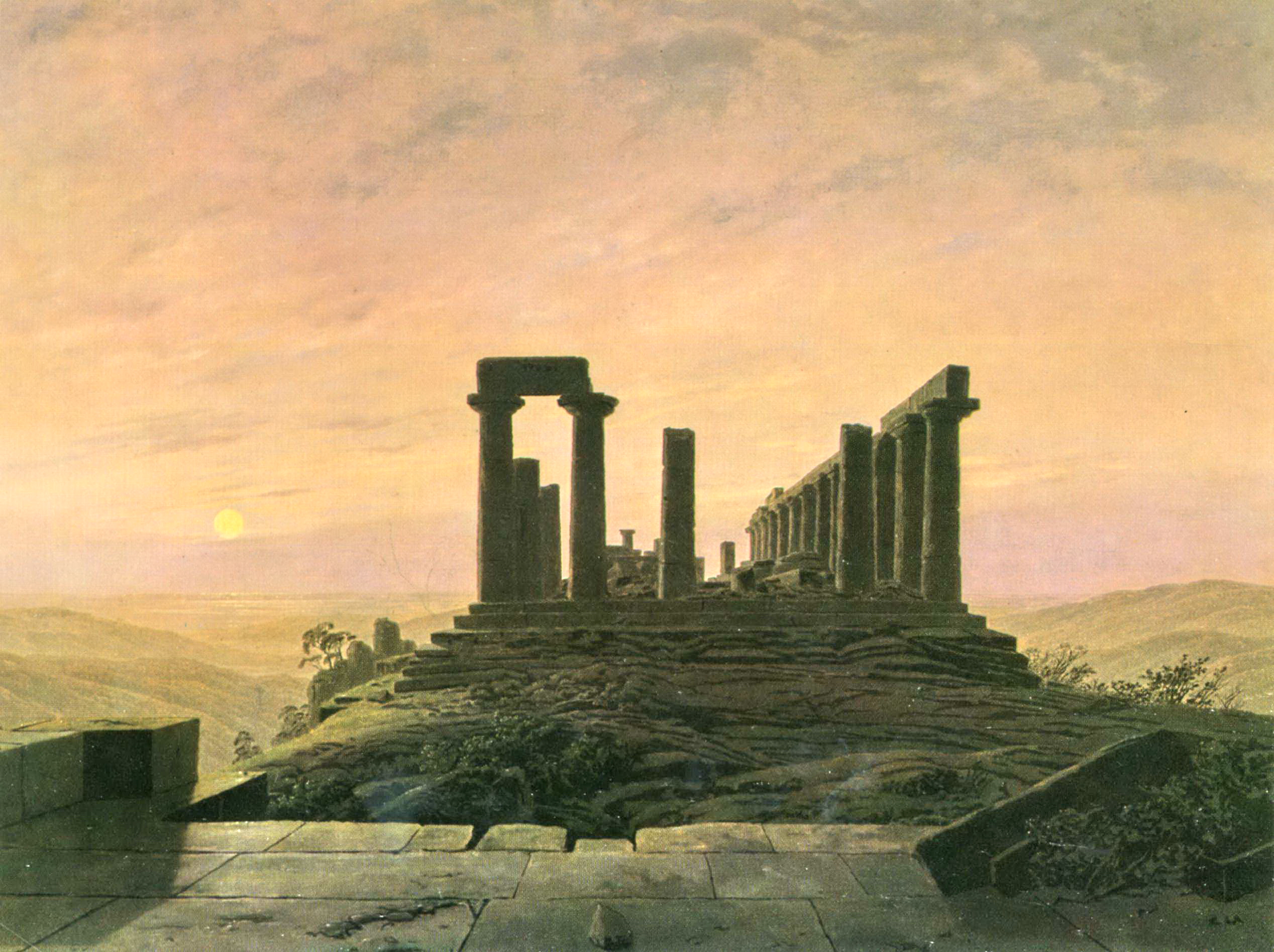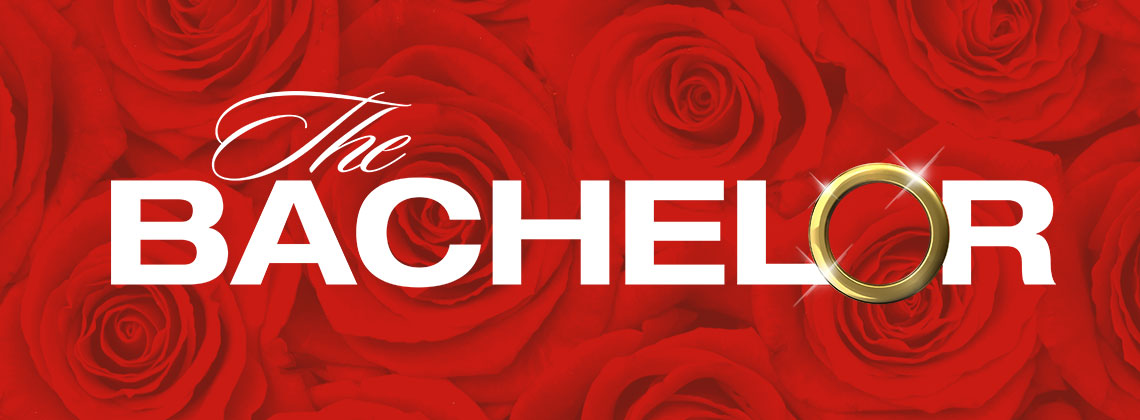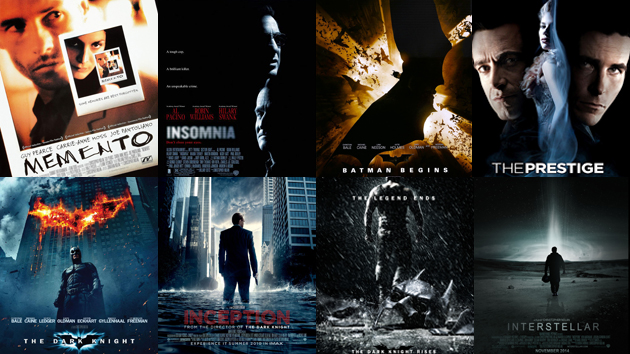Culture
SOUND OFF | The Pros and Cons of Tidal (And Other Pay-to-Stream Services)
|
In 2015, Jay-Z purchased Tidal for a cool 56 million dollars, touting it as a streaming platform “controlled by the artists”. Now, his Tidal holdings have boosted his net worth to make him the 2nd richest hip hop artist in the world, right behind Sean Combs and surpassing Dr. Dre. However, users were initially uneasy to use the service, preferring instead to use free subscription services such as Spotify (with ads), scroll through songs on Soundcloud, or illegally download music. Tidal was launched with an ideological purpose: to give artists more power in pricing their music, and with any such move it has drawn both praise and criticism. Given that the majority of music listeners are college students/millennials with little cash to spare, the validity of Tidal as a major music streaming service is dubious.
